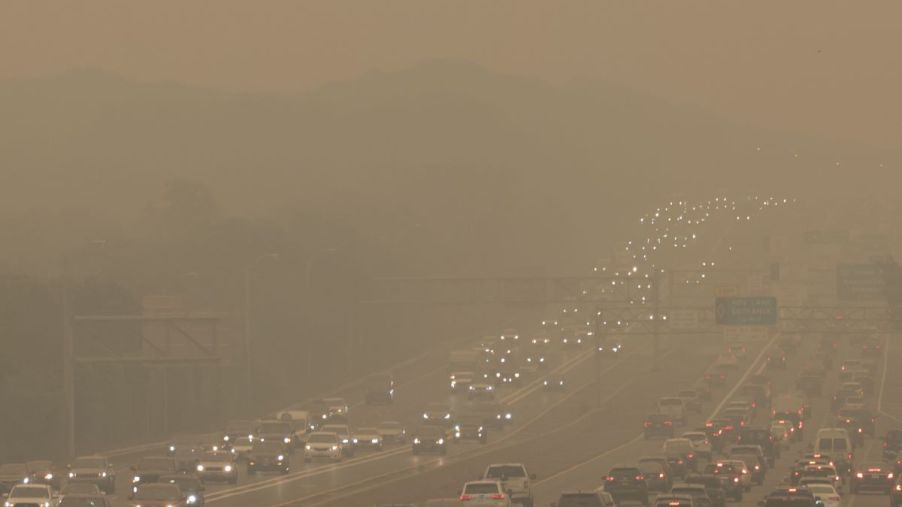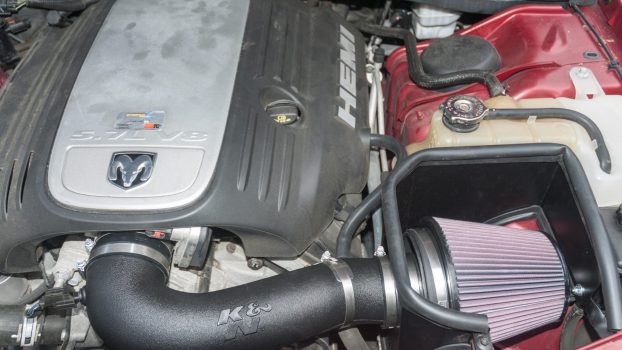
6 Car Problems Caused by Wildfire Smoke
As a California native, I am no stranger to wildfires. Almost annually, wildfires grip the United States’ west coast. With these wildfires, smoke and ash fill the air, reducing air quality. The air quality gets so rough from wildfires that it is unhealthy to spend nearly any time outside, breathing in unfiltered, smokey air. Additionally, this year, the east coast of the United States is uncharacteristically experiencing some of the worst air quality in history due to wildfires in Canada.
When it comes to wildfires, it is a no-brainer that the low-quality air is terrible to breathe in, but what about car safety? Does your car experience any issues when driving in low air quality caused by wildfire smoke? Here are six problems that can occur when your vehicle is subjected to wildfire smoke.
1. Clogged air filter
According to the Davis Law Group, driving in smokey conditions can clog your vehicle’s air filter, which leads to low-quality air entering the cabin through the climate control vents on your car. After driving in smoky conditions, replacing these air filters is a good idea so you are not subjecting yourself to smokey air from your clogged air filter after the wildfires have ended.
2. Decreased engine power
With your engine using an air and fuel mixture to create combustion and energy, low-quality air can hamper your vehicle’s performance. With a sound engine air filter, no smoke or particles should enter the engine. To be safe, ensure your engine air filter stays clean and unclogged if you drive in smokey conditions.
3. Decreased fuel range
Of course, bad-quality air entering an engine or clogging an air filter is always bad news, but decreased fuel range can make this poor performance even worse. Lower-quality air means an engine is burning less effectively than usual. With this low-quality burn comes worse fuel economy over time.
4. Check engine light
If your engine air filter is clogged from wildfire smoke and ash, carbon deposits can accumulate in the engine. Not only will this make the engine run poorly, but a check engine light can be triggered if the engine is having some severe trouble running properly. Check engine lights can be challenging to deal with in states where yearly inspections are required. For many states, a check engine light is an automatic failed inspection. These drivers would have to pay a mechanic to clear the check engine light before an inspection can be passed.
5. Exhaust system issues
A bad air filter clogged with smoke and ash can also lead to a poor-performing engine, which can lead to some exhaust issues. Rough-running engines can leave deposits in your car’s exhaust system, which can clog up catalytic converters. These can lead to other problems down the line that may require exhaust repairs. If you are driving in wildfire smoke, your engine must have the cleanest air possible to run correctly.
6. Damaged paint
Finally, a non-air filter-related issue. The most common problem seen with wildfire smoke and ash is paint damage. The smoke and ash themselves don’t necessarily cause paint issues, but when these deposits fall onto your car, they can easily scratch the paint if they are wiped away. Many car washes that use sponges and rollers can also scratch the paint if the smoke and ash are not washed off your car first. Before you wash the ash off of your vehicle, make sure you rinse it with water to get any loose debris off first!




